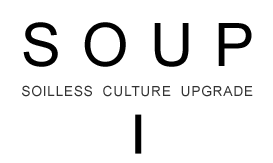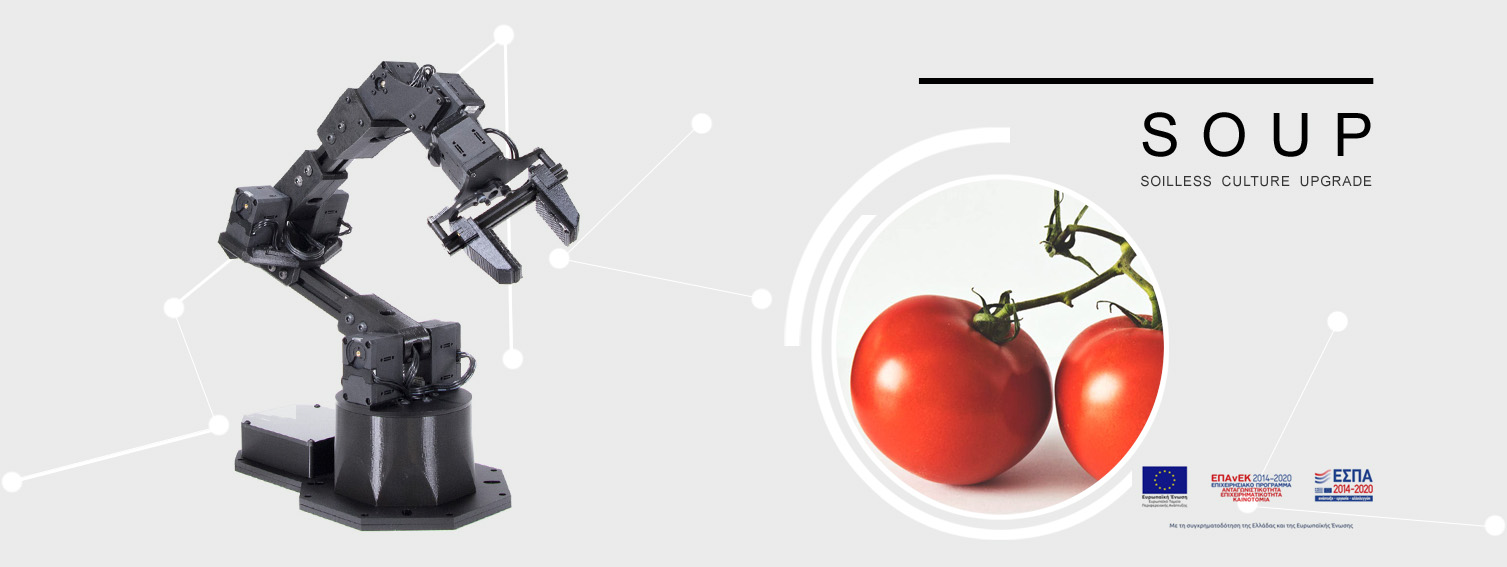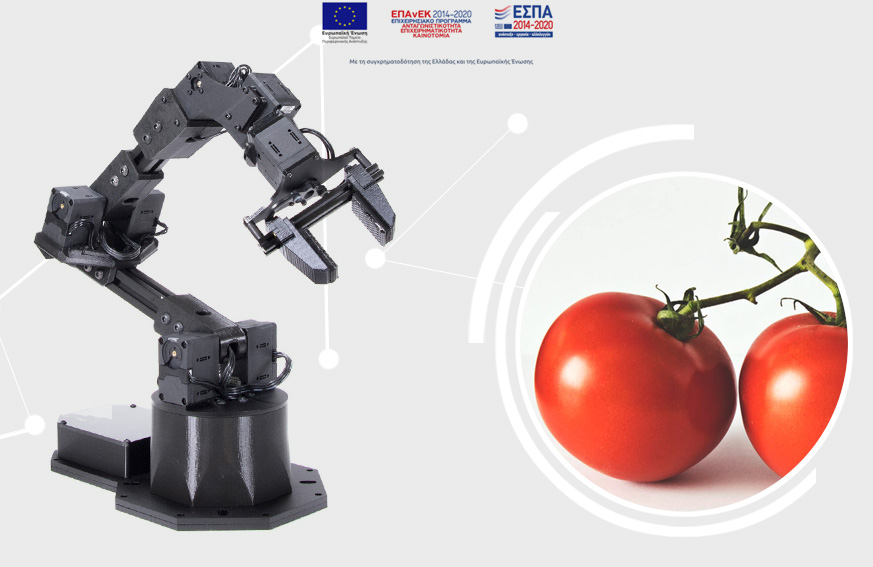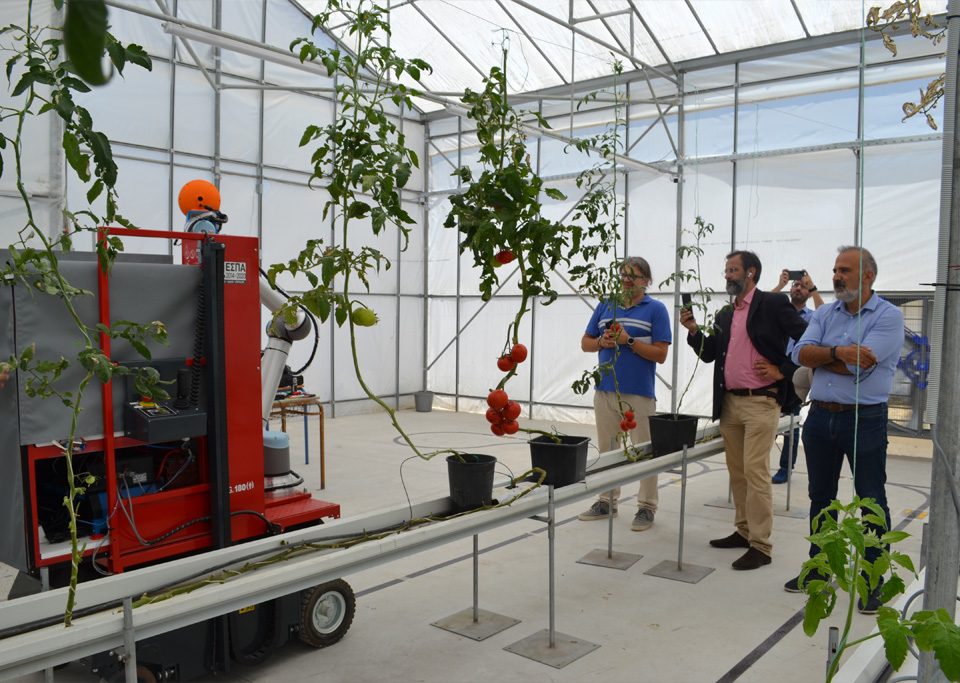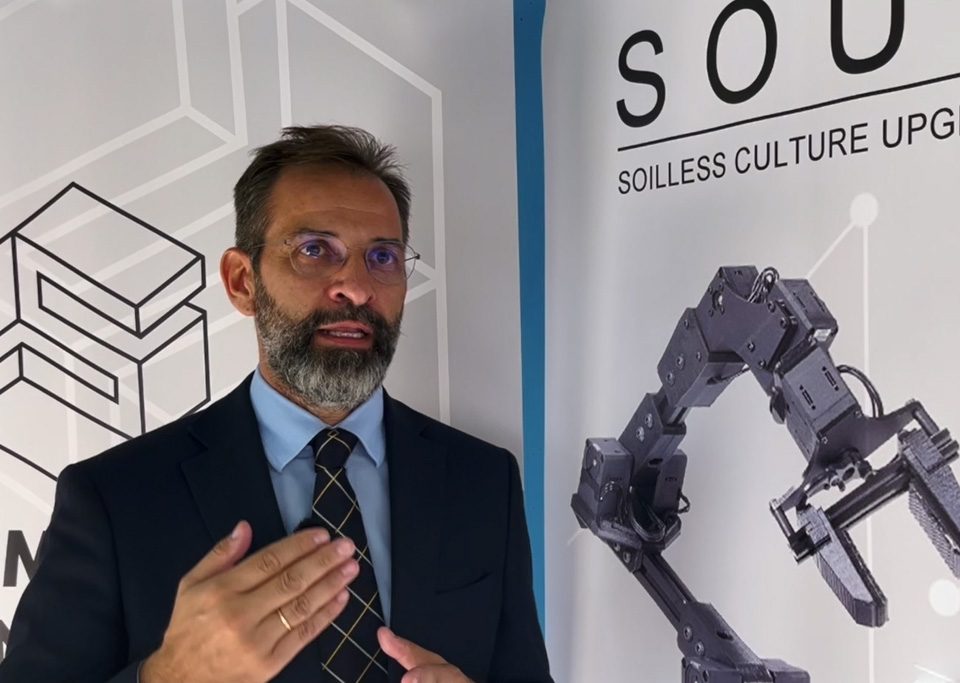About the Project
The problem: Tomato crops, even considered in a hydroponic environment, require continuous monitoring to prevent malnutrition or the spreading of diseases. The monitoring is carried out by the farmer and is largely based on his/ her experience to correctly identify the problem and treat the crop in time.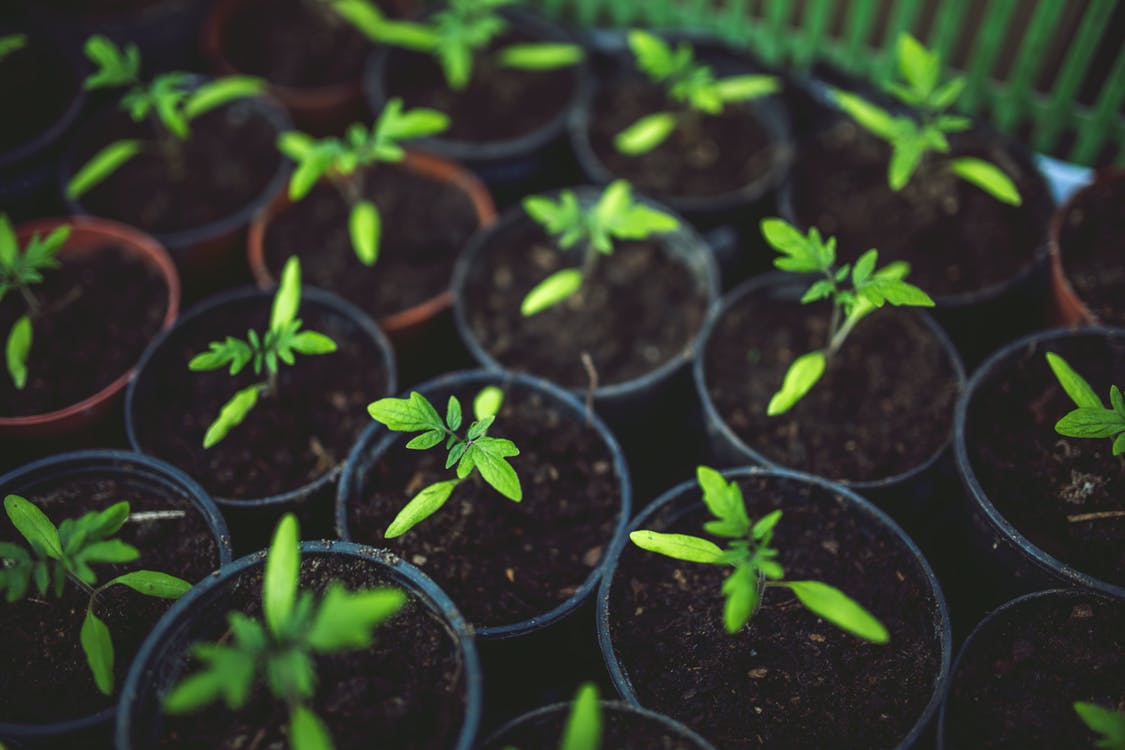
Project SOUP implements the treatment through a ternary approach:

Uses machine vision to identify the relevant parts of the plant (fruit, infected leaves, etc.) by using a network of stationary or mobile visual sensors (RGB & hyper spectral cameras).

Employs machine learning methods to build a self-diagnosing (on selected common-abnormalities) system, based on the visual information of the mobile and stationary camera-network.

Employs machine learning methods to build a self-diagnosing (on selected common-abnormalities) system, based on the visual information of the mobile and stationary camera-network.
WP1
Development of test cultures for the evaluation of the visual characteristics of diseases and malnutrition: Expert agriculturists develop separate crops that are artificially infected, at a different extent and at different plant-ages. The crops are monitored throughout their lifecycle to identify the visual characteristics of the plant linked to each of the associated parameters (progress of the disease, age).
